YouTuber Alan Fisher, who makes videos about “city planning, transit and the rail industry,” asks the reasonable question, “what is the worst new transit project in the United States?” Without surveying all of the possible candidates (which he avoids by saying that interagency comparisons are not always possible), he asserts that the worst project is BART to San Jose.
As it happens, I made a similar suggestion a year ago. But a survey of the various projects now under construction suggests that Honolulu’s rail project is worse, at least from the point of view of local taxpayers.
When the Santa Clara Valley Transportation Authority (VTA, which is building BART to San Jose) first proposed the San Jose extension to the Federal Transit Administration in 2018, VTA estimated the 6.5-mile line would cost $4.69 billion. However, as Fisher says in the above video, the current estimated cost is $12.7 billion.
For comparison, when first presented to the FTA in 2009, the 20-mile Honolulu rail line was projected to cost $5.38 billion, but by 2021 the cost had inflated to $12.45 billion. That’s not quite as big of a cost overrun as the San Jose project, but the San Jose urban area has more than twice as many people as urban Honolulu, and thus twice as many taxpayers to share that cost.
The significance of the cost overruns is not just transit agency incompetence but that the feds normally won’t cover the cost overrun. At last count, the feds had agreed to pay $4.6 billion of the BART project (when it was expected to cost $9.3 billion), leaving $8.1 billion to local taxpayers, while the FTA is paying just $1.76 billion of the Honolulu project, leaving $10.69 billion for the locals.
While the taxpayers who will have to pay these costs do not exactly correlate with the urban areas (because some costs are paid by the states), it’s relatively close. The local share of the cost of the BART line is $4,572 per Silicon Valley resident vs. $12,784 per urban Honolulu resident. No other transit project in the country comes close to this high cost per local resident.
On the other hand, VTA is projecting 32,900 daily riders in 2040, while Honolulu projected a whopping 116,000 daily trips in 2030, which would make the capital subsidy per trip far lower in Hawaii than in San Jose. However, 116,000 is a ridiculous number and it is difficult to believe that Federal Transit Administration officials repeated it while keeping their faces straight. While the FTA classifies both as “heavy rail,” the Honolulu system’s capacity will be less than half of BART’s and despite that it is likely to fill a smaller percentage of seats. Besides that, the Honolulu project probably won’t even be done by 2030.
The excuse for projects like these is always that they will help relieve congestion. But the environmental impact statements for both the San Jose and Honolulu projects found that they would increase congestion around stations and do nothing at all about congestion elsewhere.
Both of these projects reveal the eagerness of transit agencies and politicians to spend taxpayer dollars regardless of the benefits of the projects. That could be said about just about any rail transit and many bus-rapid transit projects, but these extreme projects indicate there is almost no limit to how much taxpayers are asked to spend on transit. That’s a flaw of the public transit model: once people agreed to subsidize transit, any fiscal discipline went out the window.
Tuesday’s Antiplanner mentioned a McKinsey report that found, among other things, that some major transit systems spend up to three times as much, per bus vehicle-mile, as others. This was based on a review of just 21 transit systems; when all systems are reviewed, the disparity is much higher.
Rather than operating cost per bus mile, I used the 2023 National Transit Database to calculate the operating subsidy (operating costs minus fares) per rider. The cost per rider is more relevant than cost per vehicle mile because vehicle miles are an input while riders are the output, so a transit agency that might seem efficient in terms of cost per vehicle mile is actually highly inefficient if no one is riding those transit vehicles.
For conventional buses, the 2023 subsidy per rider ranged from 61¢ in Anaheim to more than $1,900 for a transit agency in Puerto Rico and more than $700 for an agency in Gaston, North Carolina. For rapid buses the subsides per rider ranged from $1.69 in Cleveland to $19.85 in Houston. Five different commuter bus lines in the New York urban area actually earn a profit, but a commuter bus line in Dallas costs taxpayers more than $300 per rider.
For light rail, the subsidy ranged from $2.87 per rider in San Diego to $28.40 in San Jose. For heavy rail the subsidy ranged from $1.66 in New York City to $20.40 in Baltimore. Commuter rail subsidies ranged from $8.66 in Denver to $128.45 per rider in Connecticut. Hybrid rail (Diesel light rail) subsidies were lowest, at $12.61 per rider, in Contra Costa County but were more than $70 per rider in the Austin and Dallas urban areas and more than $88 in Portland. Keep in mind that these don’t include the amortized capital costs, which are much higher for rail than for bus.
While it’s tempting to say that one agency is worse than another because its subsidies are higher, what this really shows is that almost no one in the transit industry really cares about costs or ridership. What they care about is extorting money from taxpayers. That’s not going to change until transit is funded exclusively out of user fees. While this policy ought to be applied to other forms of transportation as well, the transit industry has by far the most cavalier attitude about spending taxpayers’ money.

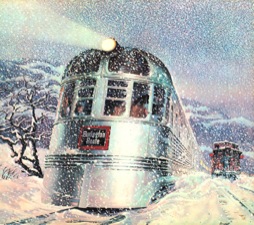
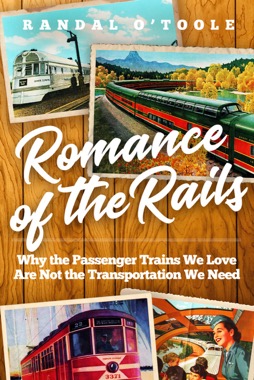
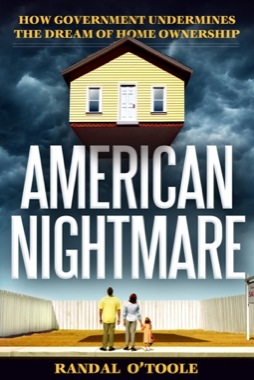
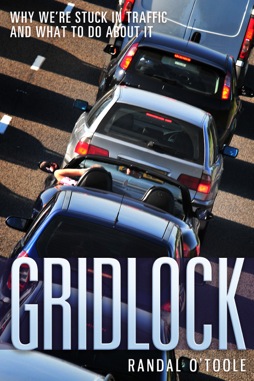
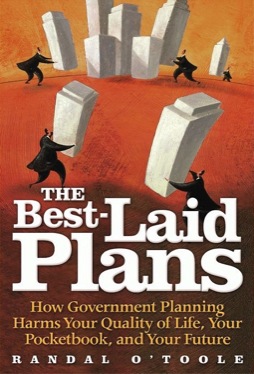
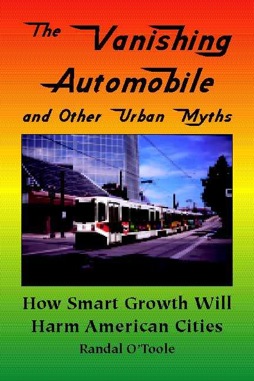
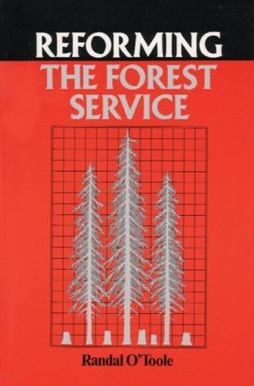
According to hart’s 6/3/2022 “recovery” plan, the eastern terminus of the scamline… I mean skyline, will be the imaginary “civic center” at the corner of South and Halekauwila streets about 1.2 miles and two stations short of the originally contracted Ala Moana center. They’re claiming $9.933 billion (since updated to $10.065 billion) total cost, completed in 2031. That’s almost $5 billion over budget and 11 years behind schedule for a route that’s 6% shorter with 9.5% fewer stations than the original agreement with the FTA. It’s worth noting that hart’s cost and schedule estimates are now quoted at 65% probability. The latest ridership estimate after completion of the truncated route is 84k per day, but their estimates for cost, schedule and ridership have always straddled the line between bold faced lying and extreme delusion.
The 2023 interim opening to the defunct Aloha stadium was eight years later than the 2015 that the City of Honolulu projected in 2011. Daily ridership was initially estimated at 15,000, then 12,600, then 8 – 10,000. The reality for the first full year of operations? 1,165,821 rides generating $617,441 for just under 3,200 rides per day with $.53 revenue per ride. The $617,441 revenue represents well under 1% of their claimed $85 million yearly operating cost, for a subsidy per ride exceeding $70.